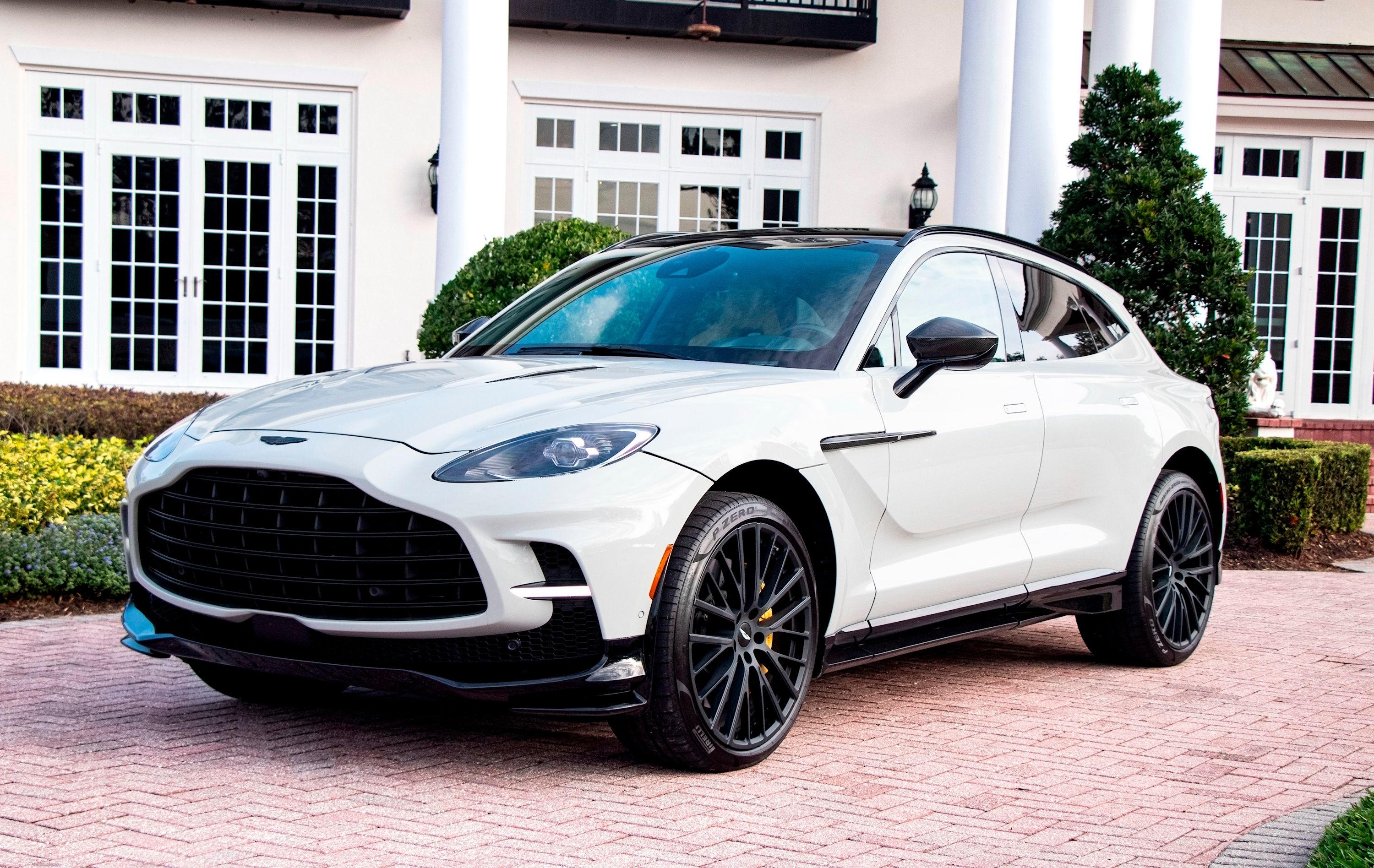
Aston Martin dropped a bombshell on the world earlier this year in the form of the DBX707 - a performance SUV with 707 metric horsepower (697 bhp) and all-wheel drive, touted as the world's most powerful luxury SUV. But as many were quick to point out, it's the use of the word luxury that counts, as both the Jeep Grand Cherokee Trackhawk and Dodge Durango Hellcat generate more power.
So at the launch of the Aston Martin DBX707 in Italy, we spoke to Andy Tokley, Aston Martin's Senior Vehicle Engineering Manager to find out why Aston Martin didn't unlock an extra few horsepower to claim the outright title. Simply put, it's because power was never the outright goal, despite being the headline claim for the new halo SUV.
What was more important was torque. Aston wanted a torque curve that was smoother and better to use compared to the standard DBX. No one ever said the DBX needed more power, but the team wanted the engine to be the best it possibly could. So they refined the way it delivered its torque, with 663 lb-ft now available across an almost identical spread as the standard model's 516 lb-ft. New turbochargers were key, but the company also didn't want to overstress the turbos unnecessarily. It wanted the full gamut of horsepower and torque to be available at sea level or altitude and didn't want to have to overspool the turbos at altitude to try and meet a magical number at the expense of throttle response and powertrain behavior.
More than this, while the magic number 707 might headline not just the name, but much of the marketing, the DBX707 is about more than just power. Substantial enhancements were made across the board, with the chassis being massively upgraded. New brakes, revised dampers, electronic anti-roll compensation, diff tuning, and more were all introduced or overhauled to make the DBX707 a better car to drive.
The team benchmarked the best performance SUVs in the world while developing the 707, but decided to focus on an organic feeling product rather than one overwhelmed by its power or reined in by false electronic trickery.
That's why the team elected to forego rear-axle steering, as Tokley said it lacked a linear response and natural behavioral tendencies, as well as preventing them from tuning the steering and suspension to behave the way they envisaged without severe compromise.
The power output was a byproduct of the rest of the development process, not a target the engineers set out to reach. And it's by no means the highlight of the experience either. A balance of performance was the real goal, which is one of the reasons a V12 wasn't used here. Has the rest of the package delivered the goods? We've driven the DBX707 now, but you'll have to wait until mid-April before we can tell you all about it.
